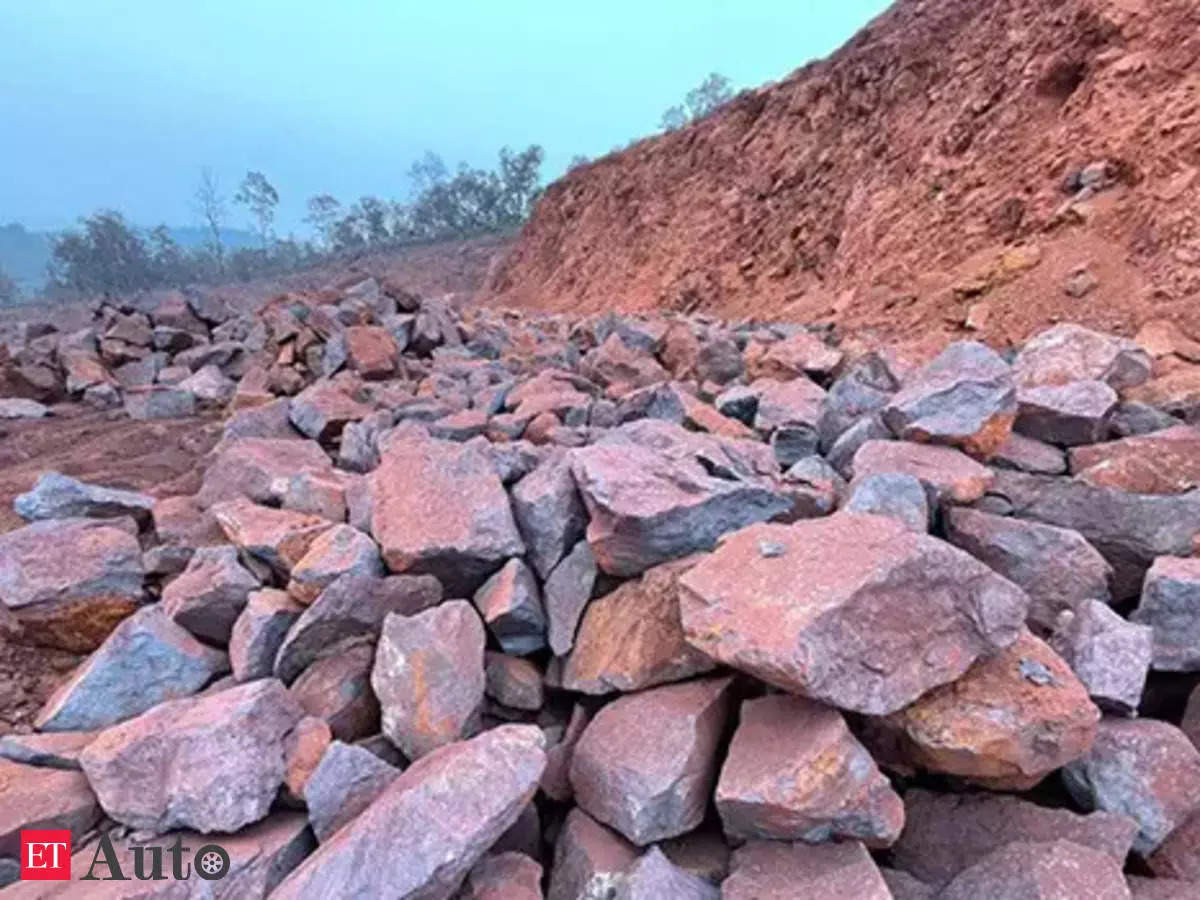By Enrico Dela Cruz
Iron ore futures dipped on Thursday, with the Dalian benchmark hitting a three-week low, as hopes light for China to calm down its stringent zero-COVID coverage, whereas waning demand for the steelmaking ingredient dragged spot costs to an 11-month low.
Signals that Beijing will follow its draconian measures to manage COVID outbreaks after a pivotal Communist Party congress starting Oct. 16 weighed on futures markets.
Market contributors are carefully watching how China will deal with challenges dealing with its economic system, together with a downturn within the property sector.
Ahead of the celebration assembly, the world’s prime metal producer ramped up COVID testing, prolonged quarantine occasions and closed some public areas, as infections rose.
In prime steel-producing Hebei province, mills have been requested to chop sintering operations by as much as 50% to enhance air high quality throughout the assembly.
The most-traded January iron ore on China’s Dalian Commodity Exchange ended daytime commerce 2.5% decrease at 696 yuan ($96.79) a tonne, after hitting its lowest since Sept. 22 at 695 yuan earlier within the session.
Singapore Exchange’s benchmark November iron ore was down 1.1% at $92.75 a tonne by 0715 GMT.
Spot 62%-grade iron ore settled at $95.50 a tonne on Wednesday, SteelDwelling consultancy knowledge confirmed , the weakest since November 2021.
Other steelmaking components additionally fell, with Dalian coking coal and coke down 1.2% and 0.7%, respectively.
Ferrous metals on the Shanghai Futures Exchange largely dropped. Rebar dipped 0.6%, sizzling rolled coil shed 0.9%, wire rod misplaced 0.2%, whereas chrome steel climbed 0.4%.
“We should not be overly pessimistic about finished products,” Huatai Futures analysts mentioned in a word, declaring that diminished metal manufacturing may ultimately assist prop up costs.
“In the short term, we will be dominated by macroeconomic factors and increased uncertainties…(but will) maintain a relatively neutral view,” they mentioned.
Read More:
Source: auto.economictimes.indiatimes.com


